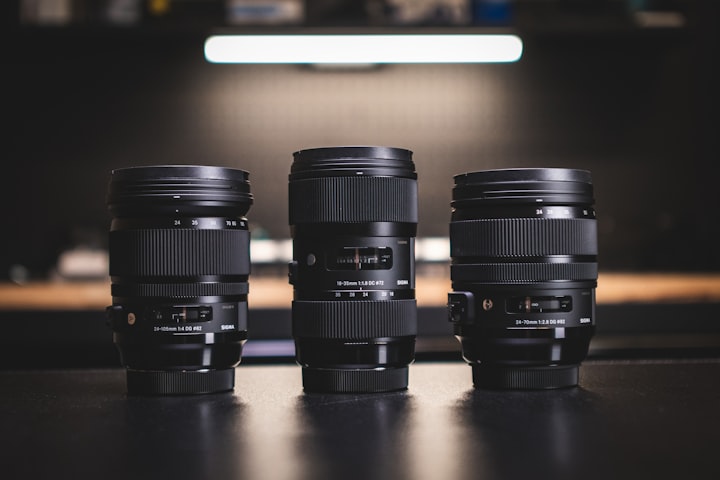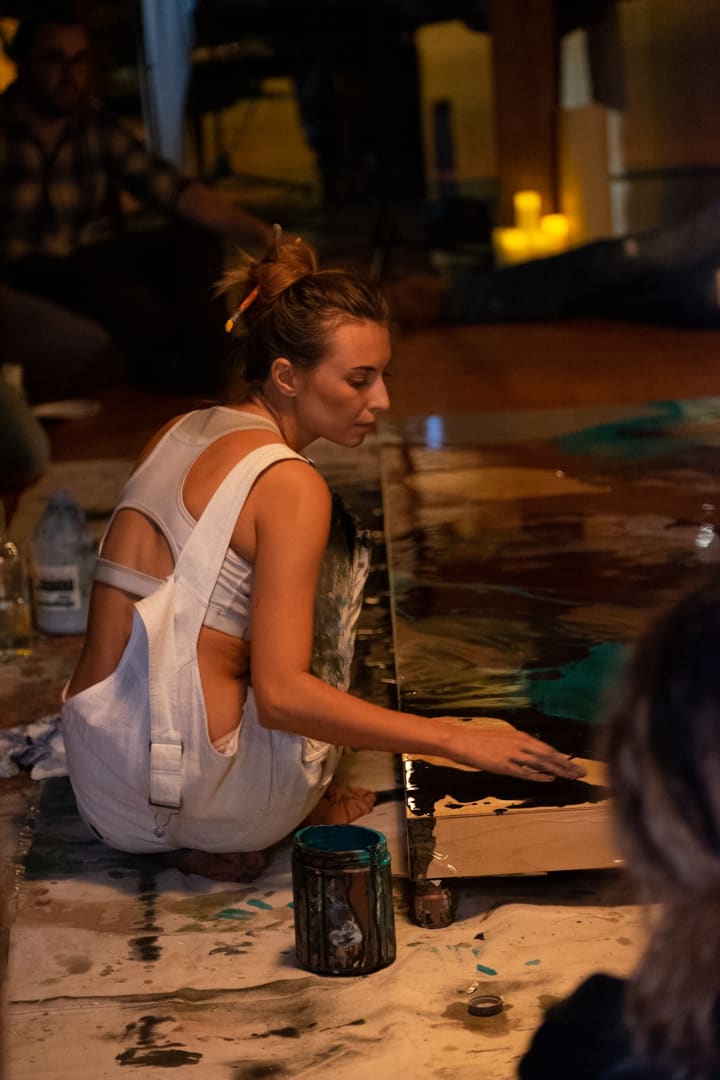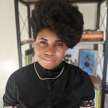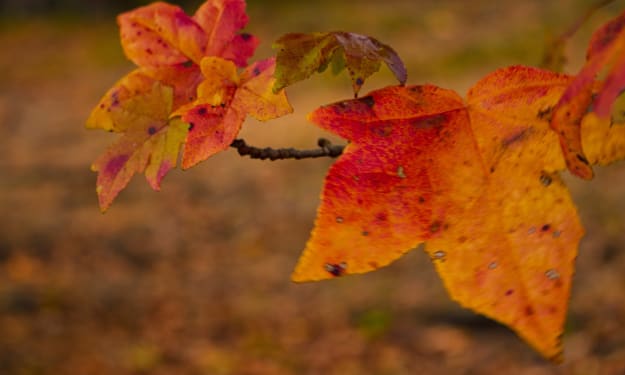Why Lens Size Doesn't Really Matter
Turns out, the logic also applies to photography.

Do my pupils go large when I see a thicc lens practically dragging on the floor beside a too-cool-for-school photographer walking around with a smug smile on their face like they’re God’s gift to film?
Not gonna lie - they absolutely do.
However, I will not subject myself to carrying around a giant lens myself unless I absolutely have to, and here's why.
Different lenses are going to capture the same subject in very different ways. It has to do with the focal length. I promise I won’t get too technical, but I do have to make a stop in that territory in order for anything else to make sense.
The focal length of a lens determines, in millimeters, how much of a subject is going to be captured and at what magnification. The longer the focal length, the larger the subject will be, and the closer it will be. The smaller the focal length, the smaller and farther away the subject will seem.
Telephoto and macro lenses are going to have long, sometimes extremely long, focal lengths, and as a result, the lenses themselves are also going to be bigger. Telephoto lenses are great at capturing event performers where a little distance is necessary, like concerts and dance performances. They are also a must have if you’re shooting from a distance or want to magnify a small subject.
Macro lenses are the ones that are used for those photos of bug eyes and stuff. I’m talking super tiny subjects that have even smaller components to their makeup. You can get some stunning images with a macro lens, although in my honest opinion, enough of these sort of subjects have been caught for me to not be overly impressed by them anymore.
On the other hand, you have lenses with much smaller focal lengths. These lenses generally pick up more within an environment, and in my experience, often offer wider apertures, which means that more light can pass through the camera, making them better suited for low light situations.
To make it all very simple, the main difference between a big ass lens and a smaller lens is how close to your subject you have to get to capture it the way you want to.
Recently, I rented a Fuji XF 50-140mm to accompany my Fuji XF 23mm lens for an art show in Downtown LA. I guess I wanted to see how it felt to be a big dog. The answer? It hurts your arms if you, like me, haven’t worked out for some time.
During the show, which featured Cristina Platita painting and Lauren Nikohl on the keys, I switched between the lenses on a regular basis to capture different aspects of the event.
One thing to always keep in mind is that reality is always going to look a little different through a camera. The same goes for light. My little 23mm captured the lighting situation better than the monster lens, simply because it had higher f-stops. It also captured more of the scene at any given time or angle.


I had the same two lenses the morning after for another shoot, this one during the day. In that situation, both lenses worked fine. There are those that will say that a 23mm is amazing for street photography and not for portrait photography, but frankly, I call bullshit. You have to be careful how close you get to your subject, but other than that, the 23mm works perfectly fine for portraits. The 50-140mm was particularly convenient though, since I didn’t have to keep moving to catch what I wanted to catch with this shoot. If I had to choose between the two, I’d actually either go with my 23mm or get myself a 50mm or 56mm lens. Those are perfectly mid-sized with a comfortable focal length and no worries about the angle being too wide or too limiting. Visually, these lenses are somewhere between the height of a great big long telephoto lens and compact wide-angle lenses.
Long story short (pun intended), what lens will actually work best depends on what you’re shooting. You’re not automatically going to get better photos because your photographer uses a giant lens. Not to mention that after the shoot, the next most important thing is how good at editing afterward (in post) they are.
Drool if you must over long lenses. But don’t hang your hat on that hatstand until you consider if a short peg might be better. ;)
If you're looking for a lifestyle/portrait photographer, I'd love to work with you! Portfolio and booking: www.oracamistudio.com
About the Creator
Camille Ora-Nicole
Hi! I'm a writer, artist, placemaker, and producer from Southern California. When I'm not writing, I'm drawing, and if i'm not drawing I'm working on a project, and if not doing any of that, i'm Netflix and chillin'. IG: @oracami_studio







Comments
There are no comments for this story
Be the first to respond and start the conversation.